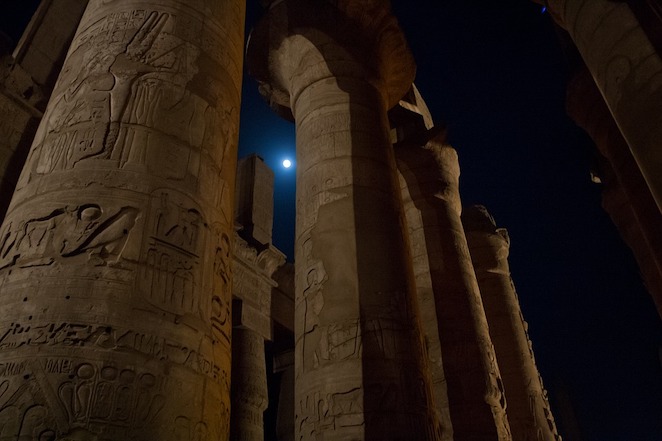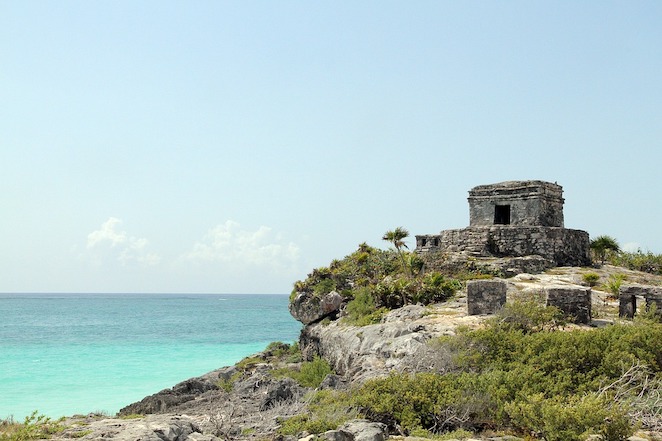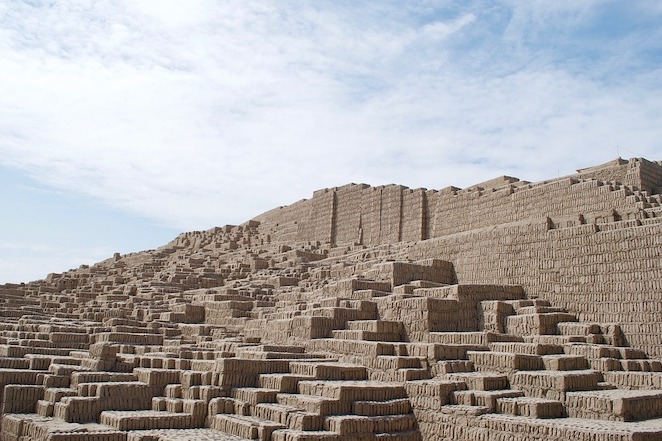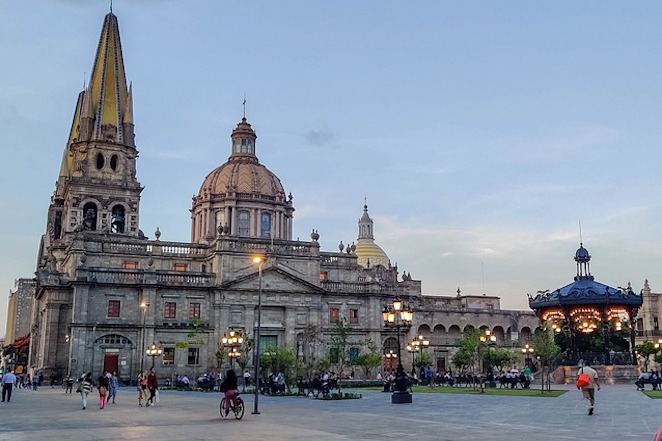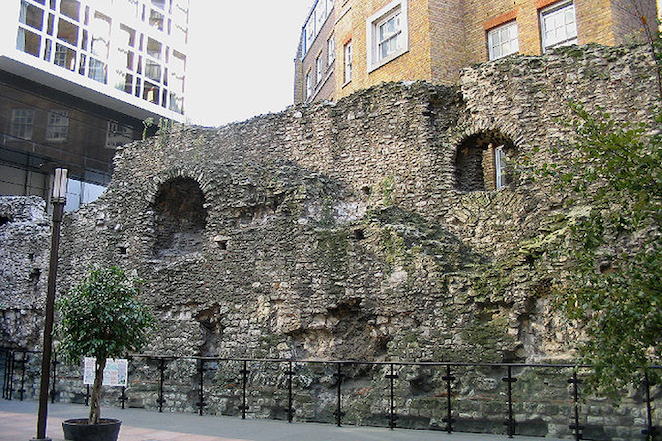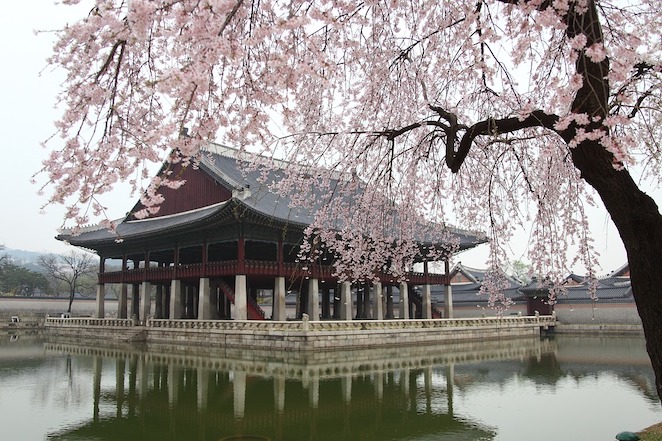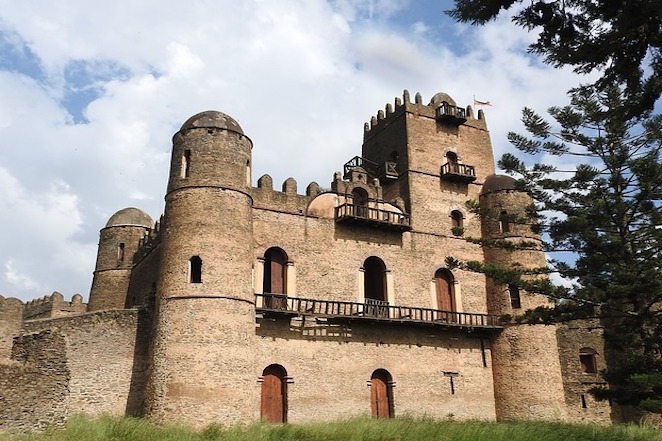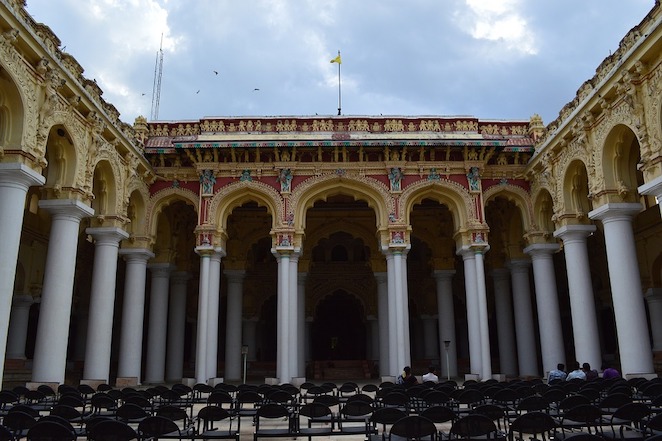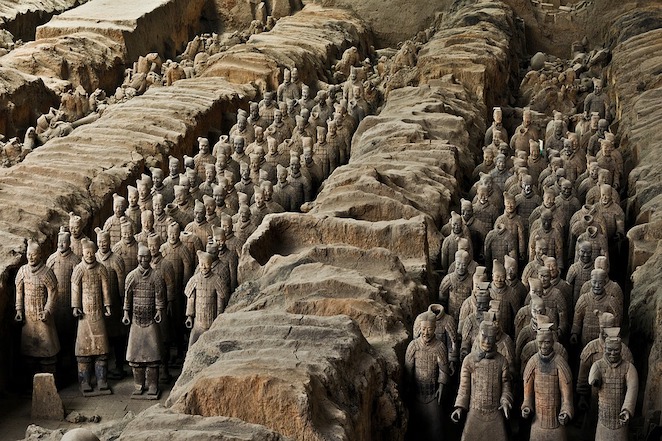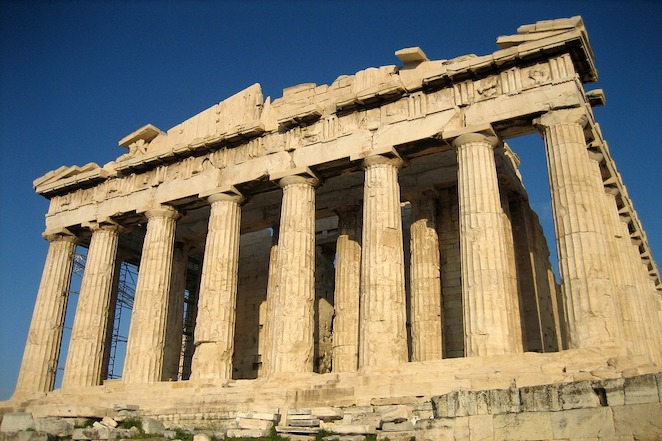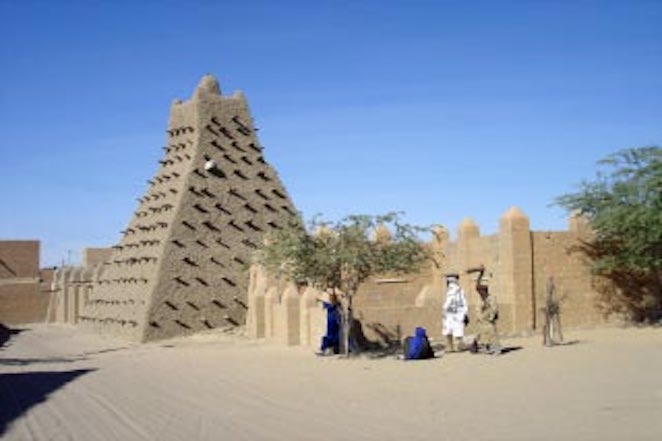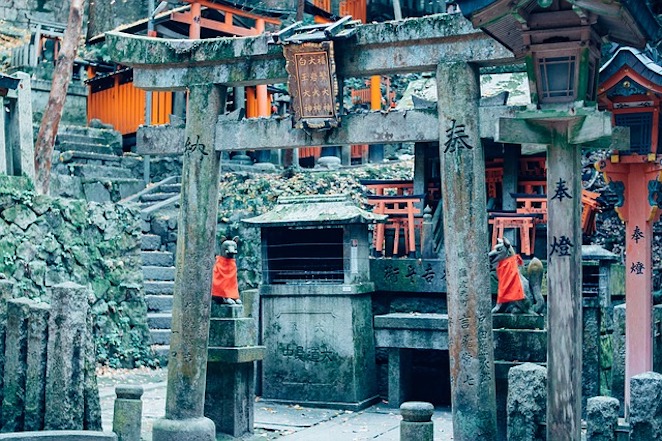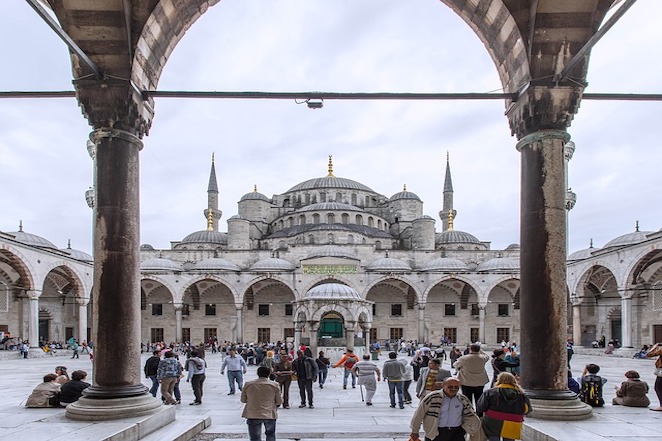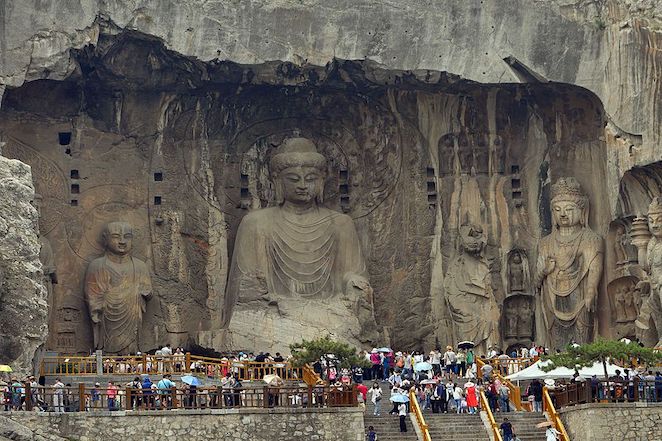Many of these cities realize that showcasing and respecting their past provides the key to preserving their priceless artifacts. Having ancient ruins in your city not only adds honor but also gives a boost to the economy. Every year, millions of tourists travel around the world to see these breathtaking monuments for themselves. Cities such as Athens, Rome, and Paris have refused to completely modernize so they can pay tribute to their heritage. As such, they have served as popular tourist destinations for decades. People enjoy feeling like they have been transported into the past. Submersing oneself in ancient ruins offers a glimpse into what life felt like thousands of years ago. Read on to discover 25 fascinating cities built on ancient ruins. The city was heavily populated during the 16th – 11th centuries B.C. Ancient Thebes was considered one of the most powerful cities during that era. Large temples, royal tombs, and the Valley of the Queens are all located around this area in Egypt. Fast forward a few thousand years and Tulum is still occupied by an estimated 20,000 people. It also attracts a lot of tourists throughout the year for its gorgeous beaches and well-preserved historic ruins. However, an excavation that took place during the early 1950s uncovered an adobe pyramid called Huaca Huallamarca. Scientific researchers claim that the ancient structure was used by the Incas and the Hullala people more than 2,000 years ago. It is now one of the top tourist attractions in the San Isidro district. The Catacombs of Paris are a series of underground ossuaries built around 1786. Around 300,000 people take the mile-long tour through Paris’s catacombs every year. Almost 2,000 years later, the city is still highly populated. An estimated five million residents call it home. One of the oldest sites located in the city is a third-century cemetery where 70 Roman tombs are supposedly buried. While it’s true that Mexico City has modernized a great deal since it was founded, there are some remnants from the ancient Aztec civilization. The Templo Mayor is one of the last standing ruins dating back to the pre-Columbian Aztec Empire. Mexico City has a historic center that pays tribute to the ancient city that once was located on that very spot. Sadly, much of ancient London was destroyed by German bombs during World War II. However, there are still a few historic ruins hiding throughout the city. One of the oldest landmarks, London’s Roman Wall, is currently crumbling although it once provided a protective shield surrounding the entire city. Its history goes back almost 2,000 years. The city was originally founded in 18 B.C. by the people of Baekje. While Seoul is considered a very modern city, an ancient city wall stands in the heart of the city. Historians believe the wall dates back to the early 1300s and was built to protect Seoul from invaders. In the early 1840s, large palaces and temples were rediscovered. Unfortunately, after the Islamic State occupied the area in 2016, many of the historic artifacts were destroyed. Historic archeologists are doing the best they can to restore some of the ancient marvels. Unfortunately, much of the settlement was destroyed by repeated invasions during the mid-1800s. A few remains of castles and churches can still be found in the ancient city. The area isn’t highly populated, so when people visit, it truly feels like taking a step back in time. Fortunately, some of the historic temples have been restored to their former glory. Now thousands of visitors travel from all over to see the ancient city of Borobudur. The city now has a population of over one million residents. Since Madurai has such an impressive history and boasts many ancient temples, it also draws in over a million visitors every year. Many people visit from all over the world for Mandurai’s annual Thiruvizha festival in April and May. The now modernized city was built on a rich history. There are still temples, palaces, and ancient buildings scattered throughout Xi’an that bring in thousands of tourists every year. One of the things that make the ruins so spectacular is that most of the larger statues were carved completely out of a massive rock. Researchers found evidence that dates some of the monuments back to 1000 A.D. The modern-day city of Aurangabad owes a lot of its heritage to the Ellora ruins. Some researchers believe that Petra’s more recent residents migrated from Egypt around 200 years ago. Petra residents are also the only ones allowed to sell and work in the ancient city. To add to the mystique of Petra, no cars are allowed in the city. If people don’t want to walk, they must travel via camel, donkey, or carriage. The city has continued to grow after being founded in 3000 B.C. Athens currently has a population of around 664,000 residents. The historic ruins of the Parthenon and Acropolis are just a few landmarks that attract millions of tourists every year. Throughout the years, the city has made a name for itself as the center of education. The city’s libraries once held thousands of historic manuscripts, books, and maps. Even though many of the ancient buildings no longer exist, historic architects are trying to preserve what is left of some of the original buildings. The ancient city has modernized over thousands of years; however, the Great Zimbabwe ruins are still considered to be the heart of southern Africa. The large chiseled walls and soaring stone towers were built between the 11th and 15th centuries. An estimated 21.54 million people live in the city. Additionally, over 140 million people travel to Beijing every year to see ancient, historical artifacts. A few of the popular tourist attractions are the Great Wall of China, The Forbidden City, and the Ming Tombs. Over thousands of years, the city has stayed true to its roots and has grown famous for its classical Buddhist temples, gardens, and imperial palaces. Around 330 B.C. Alexander the Great laid waste to Persepolis and the city was left in ruins. Tourists still travel to the city to see what is left of the ancient city. The ancient pyramid of Giza is what attracts millions of visitors every year. Archeologists believe the construction of the pyramids began around 2550 B.C. and didn’t end until around 2490 B.C. Additionally, thousands of tourists visit Istanbul every year to see the ancient ruins and indulge in its rich culture. One of the most popular ancient attractions is the Blue Mosque, which was likely constructed some time between 1609 and 1616. The historic caves sit just south of Luoyang, China and are believed to have been constructed sometime between 386-534. The Chinese government has vowed to preserve the Longmen Grottoes, which have existed since the fifth century A.D. There are many other ancient gems scattered throughout the modern city. Visitors travel from all over the world to see these amazing structures, including the Roman Forum, built in 29 B.C., the Pantheon, dedicated around 126 A.D., and the Castel Sant’Angelo, which was constructed in 135 A.D.
